Pencil Resist
by Dina Kowal
Use oil- or wax-based pencils to create a subtle resist effect with water-based mediums.
Supplies
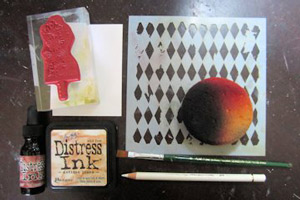
- Cardstock or watercolor paper , Canson watercolor paper used here
- Water-based medium, such as: dye inkpads or reinkers, Distress inkpads or reinkers, or watercolor paints (Distress pad and reinker used here)
- Wax- or oil-based pencils , ivory Polychromos pencil (oil-based) used here
- Stencil , Crafter’s Workshop stencil used here
- Sponge or paintbrush, optional
- Stamped image, optional
Step-by-Step
-
Step 1
Position stencil over a panel of cardstock or watercolor paper.
The panel may be stamped with a focal image first, or you may choose to create a background panel instead.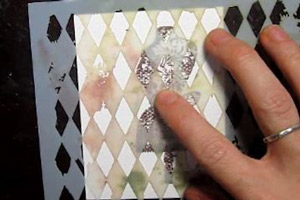
-
Step 2
Fill in the open areas of the stencil using a wax-based or oil-based pencil. If you have stamped an image, use the outline as another border for your coloring (don’t fill in the stencil openings where they overlap the image).
Hint:
--Your pencil strokes may show, so be sure to fill in the areas completely. It helps to color in a couple of different directions.
--Keep your pencils sharp to get into the detailed angles of your stencil.
--If you are working with wax-based pencils, brush off the ‘crumbs’ when you finish. You don’t want these embedded into your inkpad.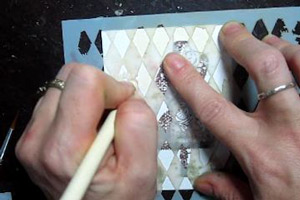
-
Step 3
Remove the stencil, and apply ink, spray, or watercolor paint to the stenciled areas. You may want to mask your stamped image if you are using a dark ink, or in case you want to leave it alone for coloring later.
Hint:
Buff the panel with a tissue after you apply the ink, to remove it from the penciled areas.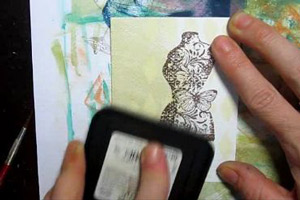
-
Optional:
Sponging can also add interest and a nice gradient to your background. The more and darker colors you add to the penciled areas, the more they will ‘pop.’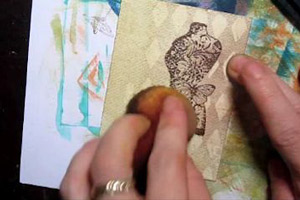
-
Step 4
Color in your stamped image if you wish.

-
Step 5
Complete your card.
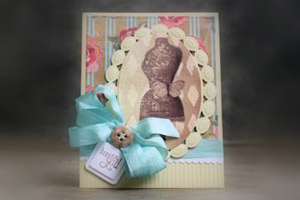
Video!
Variations
-
Doodle, write, or add highlights to your image before applying ink or watercolor paint.
You can also experiment with different colors of pencils and inks. Prismacolor metallic pencils work really well with this technique.
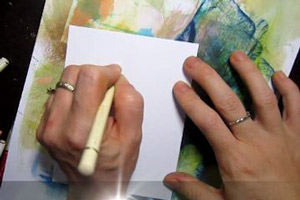
-
Use an embossing folder or texture plate to create a rubbing with a pencil, a crayon, or an oil pastel, then apply ink, spray or watercolors over the rubbing.
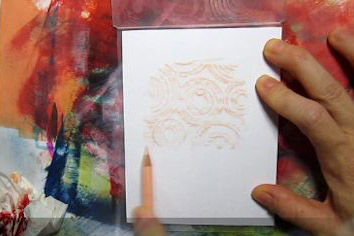
Your Turn
You've seen the tutorial, now you try it! We've got a section of the gallery set aside for Pencil Resist. Try this technique, then upload your artwork to the gallery. Show us your creations!
***Please note - Internet Explorer/Edge is not a supported browser, and will not allow you to see the videos. Please use Chrome, Firefox or Safari to view our tutorial videos.

Questions and Comments
We'd love to get your feedback or questions. Leave your comment below.
greet Miranda
Mary Beth
Page 1 of 1 pages